If you are new to keto or low carb diets, you’ve come to the right place. This online Ultimate Guide to the Keto Diet will give you a good, basic foundation to help get you started following a keto (or even low carb) diet.
Ultimate Guide to the Keto Diet
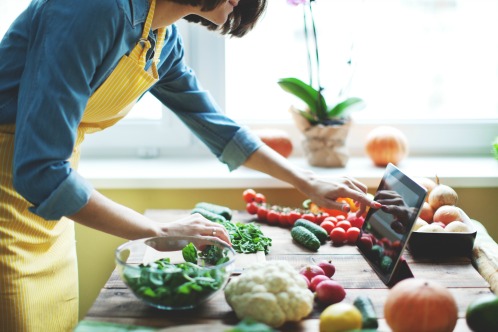
There are a variety of reasons to follow a keto diet.
- Weightloss – this is the one that most people think of when it comes to a keto diet. Weight loss is the main goal to sticking to this way of eating. The idea behind it is that you get better control over feeling hungry by cutting back on the amount and types of carbs that you eat.
- Medical Conditions – following a low carb or keto diet is beneficial for certain medical conditions such as epilepsy, diabetes, PCOS and COPD.
- Pain Control – eating a diet lower in carbs can help those who have chronic pain.
If you are ready to get started following a low carb or diet diet then here is some information that will help you.
What is the keto diet?
There are three macronutrients (carbohydrates, protein and fat) that are used as building blocks to essential body functions as well as to provide the body with energy. The main macronutrient that provides energy to the body are carbohydrates.
Carbohydrates are made up of sugars, starches and fibers (cellulose). Carbohydrates are broken down to glucose which is used to provide the body energy. When you cut back on eating carbohydrates the body needs to find other methods to provide it with the energy. It turns to using ketones, a molecule that is produced by the liver, as a source of energy.
A ketogenic diet, known as the keto diet, is simply a diet low enough in carbs that the body switches from using glucose for energy to using ketones for energy.
A keto diet is not only used for weight loss.
There are epilepsy patient’s who follow a keto diet in order to reduce or better control their seizures. They are not looking to lose weight yet they follow a keto diet because it provides beneficial effects for them due to the body producing and using ketones.
The reason the keto diet is used to help with weight loss is being in ketosis (using fat for fuel) makes you feel less hungry and more satisfied with the food you eat.
How many times have you gone on a diet and felt like you are starving? Your stomach is growling all the time? You watch the clock until the next meal? Imagine not feeling like that! I personally think this is one of the bigger benefits to keto when it comes to weight loss…..it reduces that feeling of hunger/starvation!
When you don’t feel like you are starving and being deprived it’s easier to cut back on the amount of food you eat. This is how the keto diet helps with weight loss. No matter how many times you will see it said that “calories don’t count”, in the end, they actually do. If you eat 5,000 calories of fat you will gain weight.
Controlling daily calories is important when it comes to weight loss! The hunger suppressing benefits of keto allows you to cut back on calories without being hungry.
You may still have “head hunger” – when your head is telling you to eat something (due to stress, boredom, etc) but you aren’t physically hungry. Head hunger is a whole different topic. Find out more about how to stop stress eating (aka head hunger) here.
When you eat fewer calories your body will start using the fat that has been stored for future needs as the source of energy. You will then lose weight as the body uses it’s own fat to be turned into fuel.
Are all low carb diets keto diets?
No they are not.
You can eat a lower amount of carbs than the typical standard American diet, per the dietary guidelines, but still not be in ketosis. Ketosis is the body using fat for energy. This is what makes a low carb diet “keto”.
If you eat fewer carbs than the standard diet (about 300 grams of carbs) this would then be called a low carb diet. Not all low carb diets are ketogenic (one in which you are in ketosis). But, the keto diet is a type of low carb diet.
There is no standard “ketogenic diet” but the majority of them limit carbs to 20 to 50 grams daily (about 5 to 10% of your daily intake) depending upon which type of keto/low carb diet you follow. The rest of your diet is made up of protein (10 to 20%) and fat (70 to 80%).
You will often see people say to aim for about 20 grams of carbs daily. This is the magic number that people repeat all over the internet.
Again, there is not standard keto diet but you can be sure that sticking to a very low carb diet will most likely keep you in ketosis (your body uses fat for energy).
What is a carbohydrate?
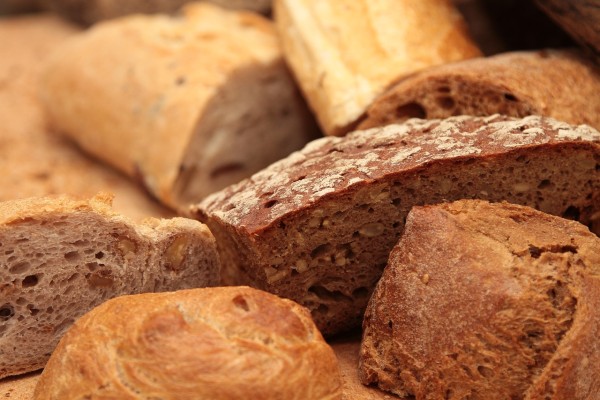
Carbohydrates (carbs) are the sugars, starches and fibers (cellulose) which are found in many of the foods we eat.
You can find them in fruits, vegetables, grains and milk products.
They are often found in many foods in the form of some type of sugar. You would be amazed at the types of sugars that are found in foods. Here’s a great resource for the many names of sugar that can help you once you begin reading food nutrition labels.
How many carbs should I eat on a keto diet?
The macronutrient breakdown suggested by the dietary guidelines for Americans is 10 to 20% protein, 25 to 30% fat and 45 to 65% carbohydrates.
When consuming a lower percentage of carbohydrates this would be considered “low carb”. However the dietary guidelines do not specify a specific number or percentage of carbs for a diet to qualify as “low carb”.
There is no standard low carb diet.
The complete macronutrient breakdown for a typical low carb diet will depend upon who’s diet you follow.
Some are simply reduced carb diets. Not all low carb diets will cause the body to use ketones for fuel (ketosis).
Some low carb diets will get 30 to 40% of their calories from carbs which may not be low enough to put the body into a state of ketosis.
There is no standard “ketogenic diet” but the majority of them limit net carbs to 20 to 50 grams daily (about 5 to 10% of daily intake) with 10 to 20% protein and 70 to 80% fat. This will keep your carb intake low enough that your body will switch over to using fat for fuel. This is the definition of a keto diet.
I know I’m repeating myself with this but the internet is filled with lots of misinformation that’s constantly being passed around. It’s helpful to understand these terms so you can judge what you are reading online and determine if something is “keto” and will fit into your particular way of eating.
Speaking of eating……
What do you eat on a keto diet?
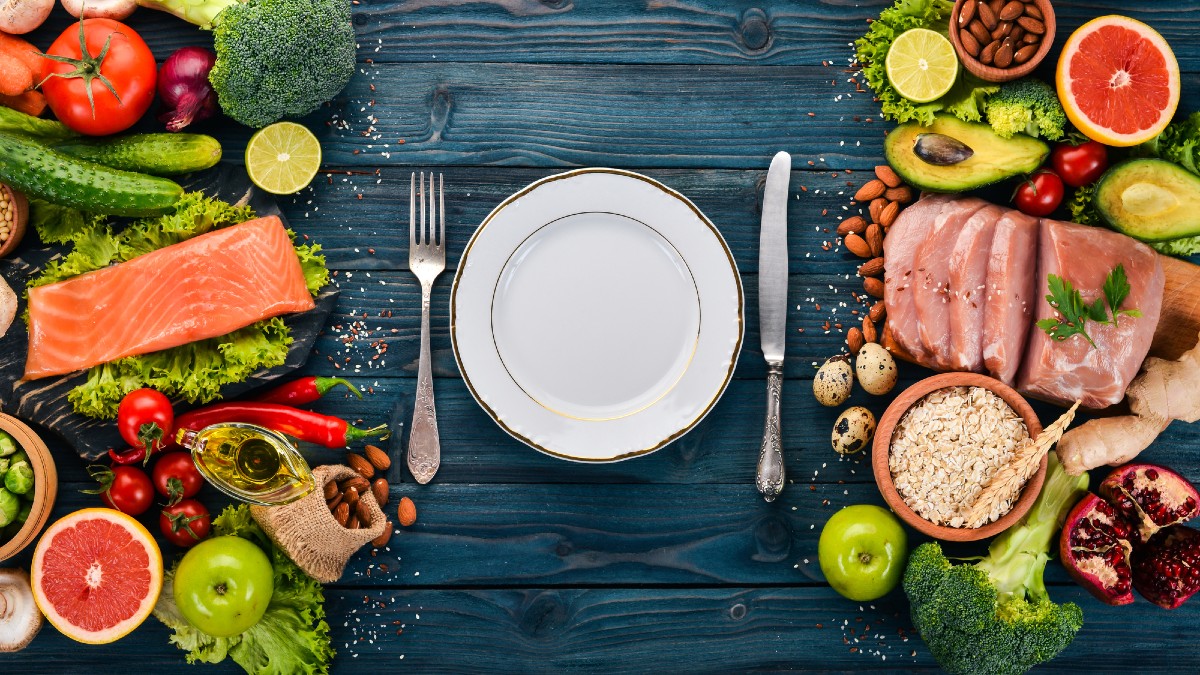
When starting a keto diet you’ll want to do some planning. Creating meals will be a bit different especially if every meal you previously ate was included some type of grain (bread, oatmeal, rice, etc) or starchy vegetable (potatoes, peas, etc).
What you eat will depend upon how fast you want to get into a ketogenic state.
Currently, many of the “keto diets” that you see floating around the internet all state that you must stick with 20 grams of carbohydrates (net carbs…more to come on that) daily to be in ketosis.
This isn’t necessarily true.
Most people can eat more carbohydrates and still be in ketosis. However, staying really low in carbs will help you get into ketosis quickly. Being in ketosis can provide the benefit of feeling full. This is one of the big benefits of being on a ketogenic diet. It allows you to eat fewer calories so you lose weight.
As you reach a maintenance stage then eating a bit more carbs will allow you to eat a wider variety of foods. You can still keep the amount of carbs you eat each day below the standard diet to help maintain your weight loss.
Don’t eat these foods:
- Grains – oatmeal, wheat, rice, corn, cereals, bread, crackers, cookies, cakes, pasta
- Beans and legumes
- Starchy vegetables – potatoes, sweet potatoes, tubers and limit other starchy vegetables such as carrots and peas to small amounts eaten occasionally
- Fruits – apples, oranges, bananas, mangoes, peaches, pears, pineapple and others
- Sugars – table or granulated sugar, brown sugar, maple syrup, corn syrup, rice syrup, honey, agave and others. Check out this list of sugar as it’s found in its many forms on food nutritional labels. You’ll be surprised how sugar in several forms will often show up in food.
Do eat these foods:
- Protein – chicken, fish, beef, pork, shellfish, lamb, turkey, eggs and more
- Green leafy vegetables – lettuces, spinach, chard, kale more more
- Non starchy vegetables – broccoli, cauliflower, asparagus, string beans and more
- Fruits such as avocados and berries – raspberries, blackberries, blueberries and strawberries can be eaten in moderate amounts as they are lower in sugar. Avocados are high in healthy fats and should also be eaten in moderate portions.
- High fat dairy – butter, cream, hard cheeses
- Nuts and seeds – these should be eaten in moderate amounts as well as they are higher in carbs then most people realize.
- Other fats – olive oil, coconut oil, high fat salad dressing
The easiest meal method is to plan lower carb vegetables with a protein topped with a fat. Examples of this are:
Baked Crack Chicken (shown below) with green beans
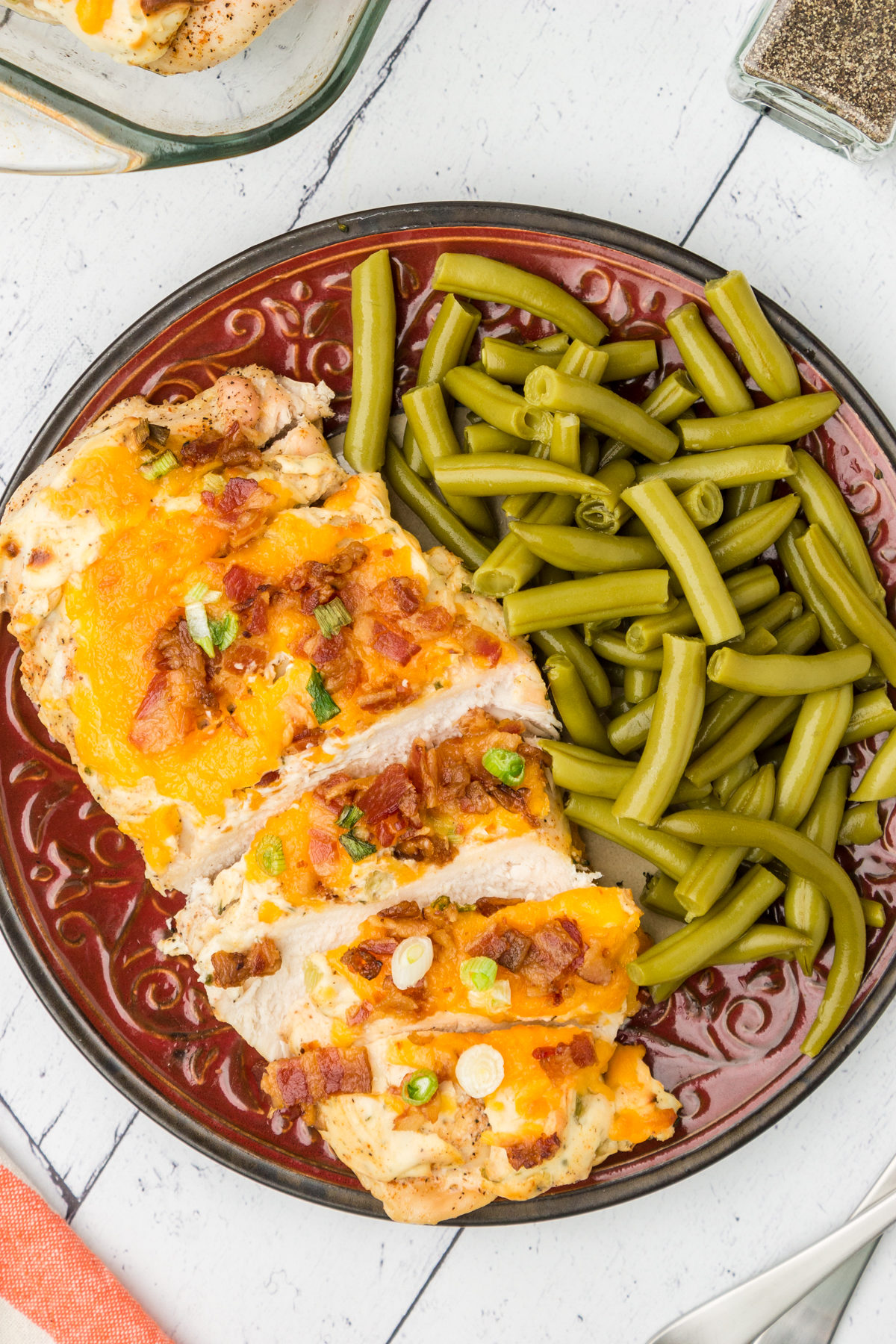
Herb baked chicken with a green salad topped with salad dressing
Marinated Steak and steamed green beans topped with butter and fresh chopped herbs
Rosemary Pork chops with broccoli and cheese
Cheesy Pesto chicken (shown below) served over spaghetti squash or zucchini noodles with a side salad
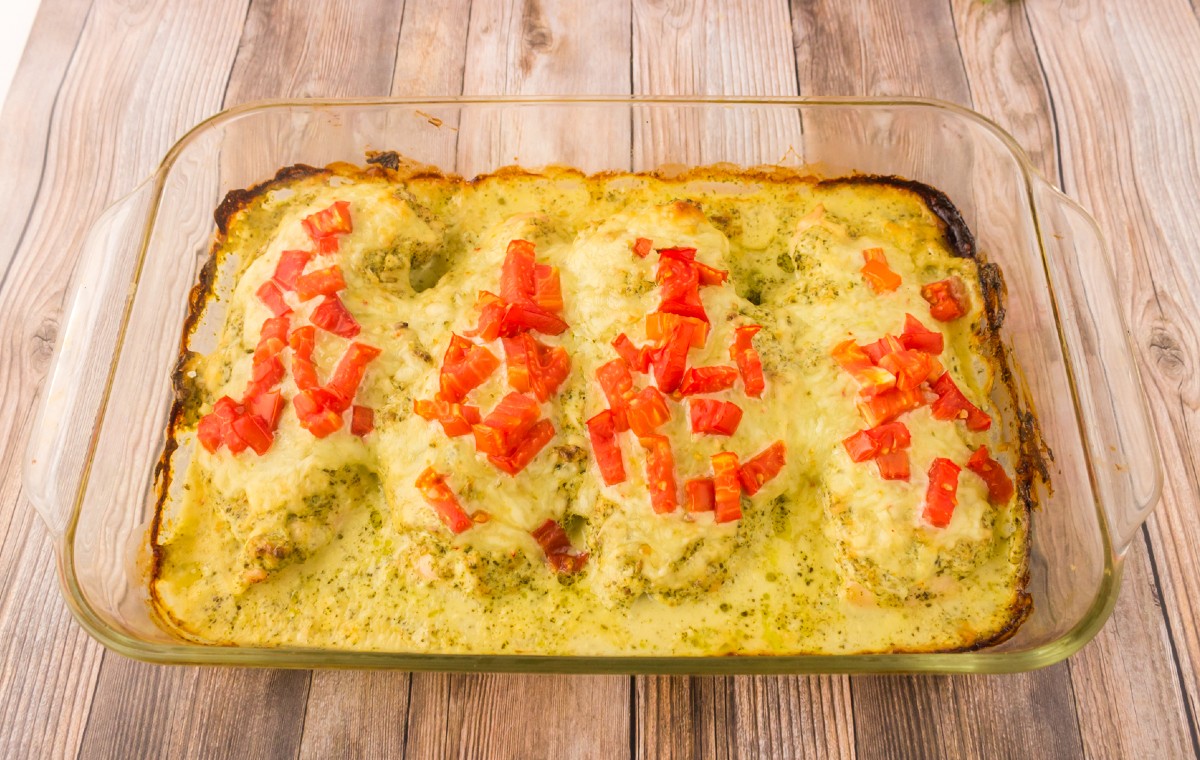
Chili topped with sour cream and a side of cauliflower rice or over spaghetti squash
Unstuffed Egg Roll In A Bowl (shown below) served over cauliflower rice
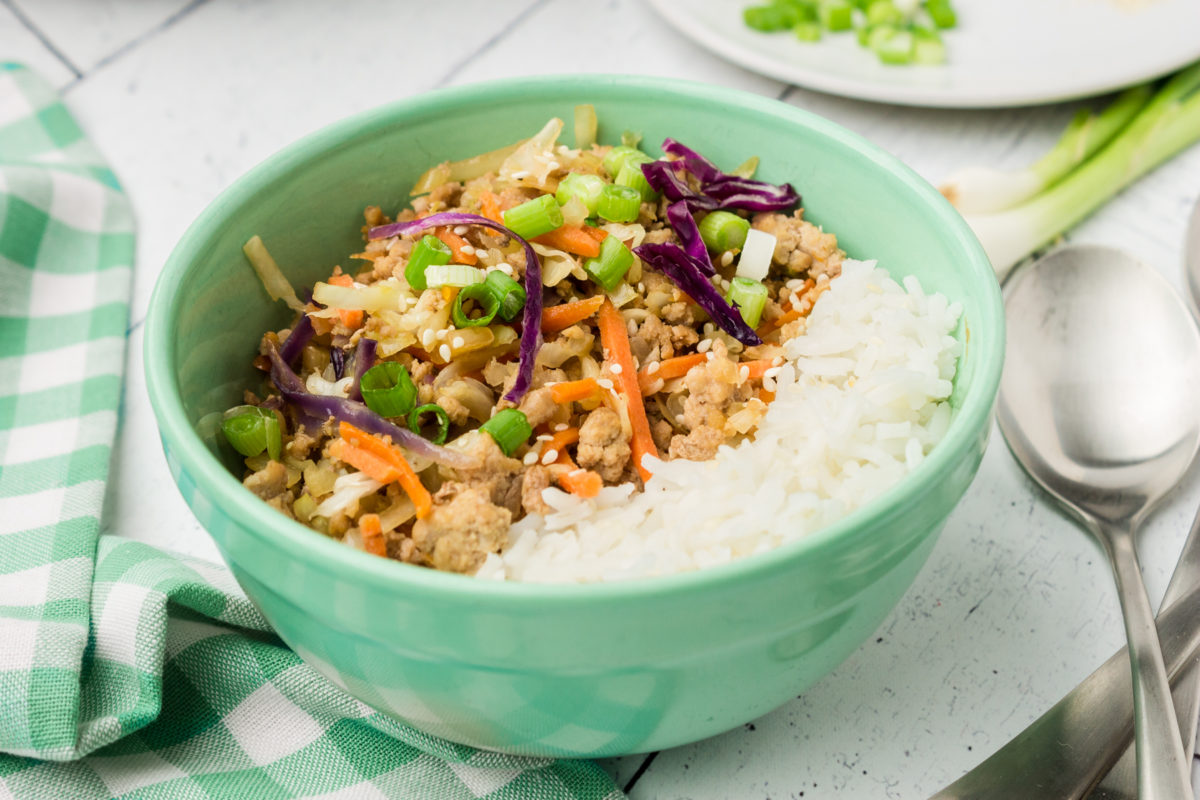
Want an easy, budget friendly menu? This 7 day keto menu includes fast to make meals and a shopping list too. Perfect for those who want to get started and don’t want to be worried about making too many different dishes.
What is a net carb?
A net carb is simply the total amount of carbs in a food item minus the fiber and/or sugar alcohols present.
Fiber does not get broken down by the digestive system and will pass through so those carbs/calories aren’t used by the body.
Sugar alcohols are also not broken down by the body as well.
Since the body doesn’t break these down to use for energy the amount of carbs they contribute to a food are usually subtracted from the total carbs.
For more information about reading food labels to determine how many net carbs a food item has please check out this post on reading food nutrition labels.
How do I get into ketosis?
Ketosis occurs when your body to switches over from using carbs as a source of fuel to using fat to create ketones (a chemical your liver makes) which are used for fuel. In order for this to happen you need to reduce the amount of carbs you eat.
For most people cutting your carb intake to 50 grams or less (about 20 to 25 net grams) daily is enough to put you into ketosis.
Eat a moderate amount of protein. Eating too much protein can slow down ketosis so you don’t want to go crazy and start eating a huge amount of meat, fish, eggs, etc. For most people about 4 to 6 ounces of protein per meal will provide you with the protein you need.
Eat fat. Most of the calories you eat each day will come from some type of fat. The fat will provide your body with the energy you need.
Unless you are trying to lose weight.
If you are carrying around extra weight then you want to use your own body fat as a source of energy. To do this you need to eat fewer calories from fat. If you eat all the fat your body needs then weight loss will slow and come to a stop. You may even have some regain.
This is one area in which many people make a mistake. They read online that you can eat all the fat you want and still lose weight. No matter what, if you eat far more calories than your body needs you will ultimately begin to gain weight.
How do I know I’m in ketosis?
The easiest way to determine if you are in ketosis (creating ketones that are being used as fuel for your body) is to use a urine test strip.
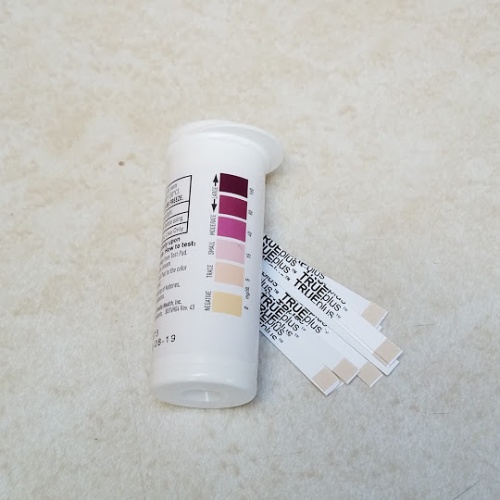
These are simple to use and within 15 to 20 seconds a color change on the strip pad will indicate if you are in ketosis.
For more information about keto strips and ketosis then check out this page. There are even ways to find out if you are in ketosis even if you don’t have keto strips on hand. Check out this page for more information on how to tell if you are in ketosis without using strips.
What type of keto diet should I follow? Strict, clean, dirty or lazy?
Wait. Isn’t a keto diet just a diet where you cut back on carbs so your body uses fat for fuel?
Yes it is.
Then how are there so many types of keto out there?
If you spend any time on social media you will come across these terms. Usually it will come up during conversation and it goes something like this:
Person 1: Hi I’m on the keto diet. Can I eat this food?
Person 2: Yes. It is low in carbs.
Person 3: No! That’s not keto. Look at the ingredients. Those aren’t “keto” ingredients.
Person 2: Well I don’t follow strict or clean keto so it’s keto to me.
Person 3: Well that isn’t keto to me.
Welcome to the world of keto in it’s various forms. While everyone starts out the same (cutting back on carbs to go into ketosis) that’s where the similarities end.
Some are strict and those who follow it will track every fat, protein and carbohydrate gram they eat. They also have certain criteria for their food such as grassfed or organic meats only or no artificial ingredients such as sugar alcohols.
Others will tract only carbohydrates or perhaps will include foods that those following a strict keto diet many not eat.
There are others who will eat higher in carb foods as long as it fits into their carb amount for the day. For example they might eat a candy bar as long as they don’t go over their carb limit for the day.
If you want to know more about the different forms of the keto diet and if they work then check out this page. From there you can decide for yourself what type of keto you will follow.
Are there any other tips that can help me on the keto diet?
Here are some other tips that will help you while you are on the keto diet.
- Stop snacking or limit snacking.
Snacking can not only lead to stalling weight loss, for many, it ultimately leads to regaining. The one huge benefit of the keto diet is appetite control. Gone are the days where you went on a diet and felt like you were starving all day long. Snack wisely.
- If you feel hungry you might actually be thirsty.
Drink a glass of water or other no calorie drink. Wait a bit. If you are still hungry then eat something small and simple. A cheese stick. Some egg salad. A few slices of avocado. A handful of low carb berries.
If you are not interested in simple things to curb your hunger then there is a good chance you are having head hunger. This occurs when your head thinks its hungry but it really just wants to eat out of boredom, stress, angry, tiredness, habit, etc. Head hunger and constant snacking will lead to slower weight loss and weight regain.
- Try intermittent fasting.
Going a period of time without eating helps the body go into ketosis quicker. Try a 12 hour period with no food. Stop any eating by 8pm and then do not eat again until 8am. Make the period of time a bit longer and go with a 16 or 18 hour fast. No food after 8pm and then don’t eat again until lunch time (12pm to 2pm). Make sure to drink plenty of liquids during this time.
- Exercise.
Try adding in small amounts of exercise such as walking or a bike ride. Get up and move around. Not only will you feel better you will be strengthening muscles, helping to increase endurance AND burning fat. This can also boost your ability to get into ketosis quicker.
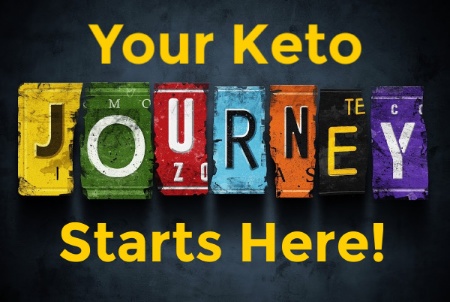
Ready to get started? Beginning the keto diet can be a simple thing to do if you do a little prep work before you begin. Go to this page to learn more about how to start the keto diet in 5 easy steps.
For a little extra community support why not going our Facebook group.
Want to get new recipes sent directly to your inbox? Then subscribe to our newsletter (see below) and be the first to know when we post a new recipe as well as get weekly shopping, cooking and meal planning tips. Follow me on Pinterest where you can find links to our recipes as well as other recipes you and your family will enjoy.
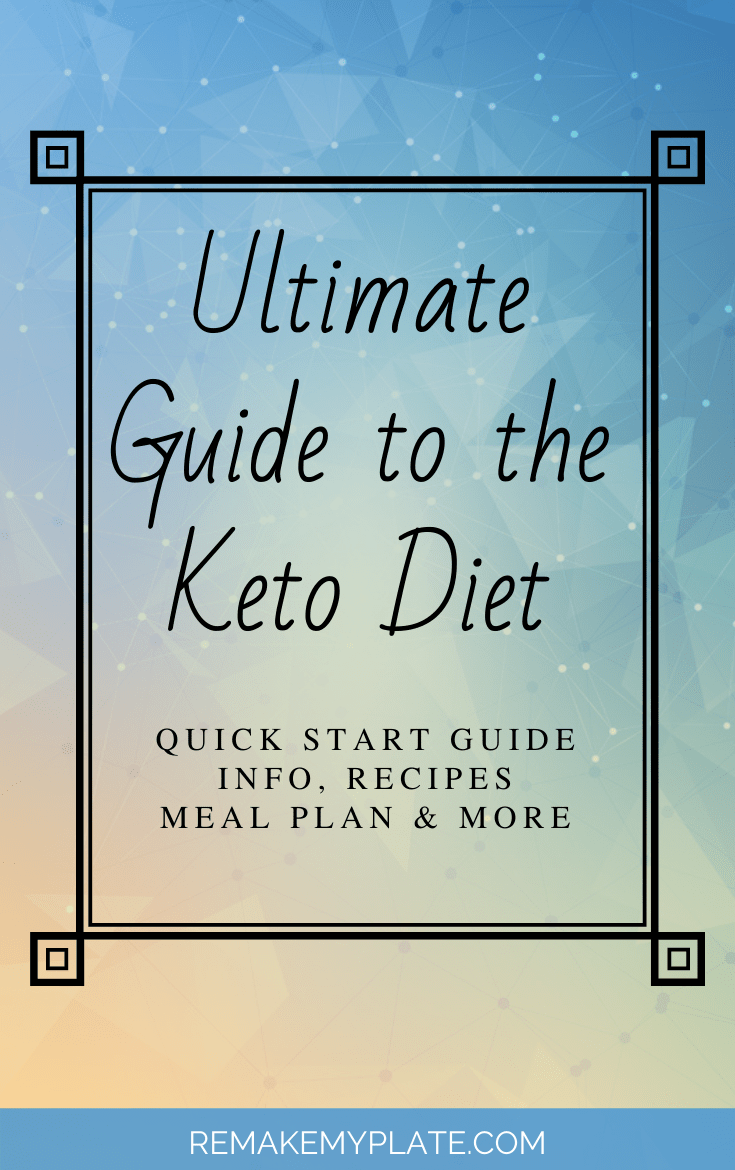
This post may contain affiliate links. Please see our disclosure policy. If you click on the banner below you will be taken directly to my Etsy shop to see the digital items currently listed.

